May is here and so is warm weather. Smart gardeners know now is the time to fix some garden planting errors that sometimes creep up on us. It’s warm but not too warm to transplant and divide perennials for a better garden.
There are three reasons for transplanting. The first (and most common one) is that you’ve got something planted in the wrong place. We’ve all done it. Maybe it was put too near the sidewalk and is crowding your walking space. Plants in the wrong place may require frequent pruning just to keep them in check. That’s extra work you don’t need.
The second most common reason is that your perennial herb is getting too much or too little sun. Too much sun and the plant will look stunted, often with brown edges on the leaves. Too little sun and the plant stems will be long and spindly as they reach for the light. If either of these is happening it’s time to move.

The third reason to transplant perennials is to divide and rejuvenate them. Most perennial herbs benefit from replanting about once every three years. Some herbs that grow in a patch (oregano or garlic chives, for example) will eventually die out in the center, leaving a ring of newer plants. Digging that up gets rid of the dead zone and allows you to reposition the plant to your liking.
So whether you are moving to correct a bad location or dividing to extend the life of your herbs, now is the perfect time.
Here are the basic steps:
Always transplant “wet to wet.” Make sure every place you will be digging, both “from” and “to,” is moist to reduce shock to the roots. Take time to water both locations the day before.

Begin by digging straight down around the plant’s edge, about as far out from the center as the branches are. Then thrust the shovel into the dirt at an angle to dislodge the root ball.
Just before you replant, clip off excess foliage, spent flowers, or rogue branches. This minimizes the amount of water the disturbed roots need to supply the plant.
If you are dividing it, use a sharp knife or garden saw to separate sections. Remove any dead clumps or damaged roots.
At the destination, dig a hole wider but not deeper than the root ball. Remove any rocks or other obstructions. Fragments of children’s toys or chunks of wood from last summer’s deck project make poor soil amendments. Add slow release organic fertilizer to the bottom of the hole.

Plant your herb so the top of the root ball is slightly higher than ground level. The soil in the hole will compact over time. This is also a golden opportunity to rotate the plant so it will grow upright and not lean awkwardly. Return the remaining soil to the hole, breaking up any large clods as you go.
Once you’ve finished transplanting, lightly tap the soil and water your plants. This eliminates air pockets and settles the soil. For extra gardening credit add mulch to help the soil retain water during the summer heat. Then stand back and admire your handiwork, knowing the garden will be all the better for it.


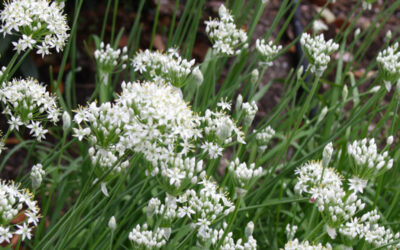
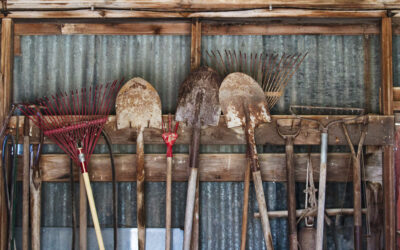
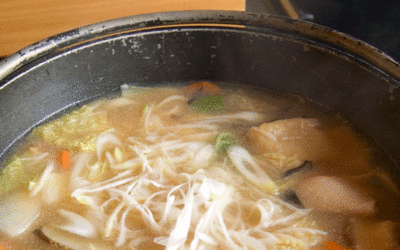


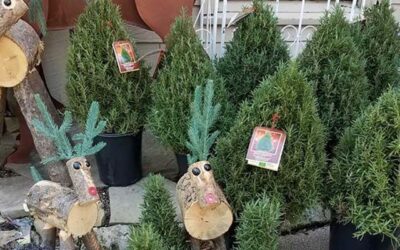


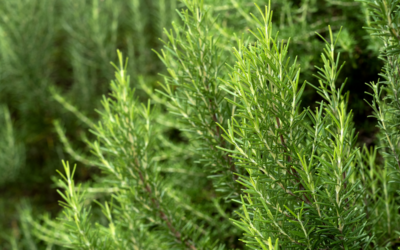


0 Comments